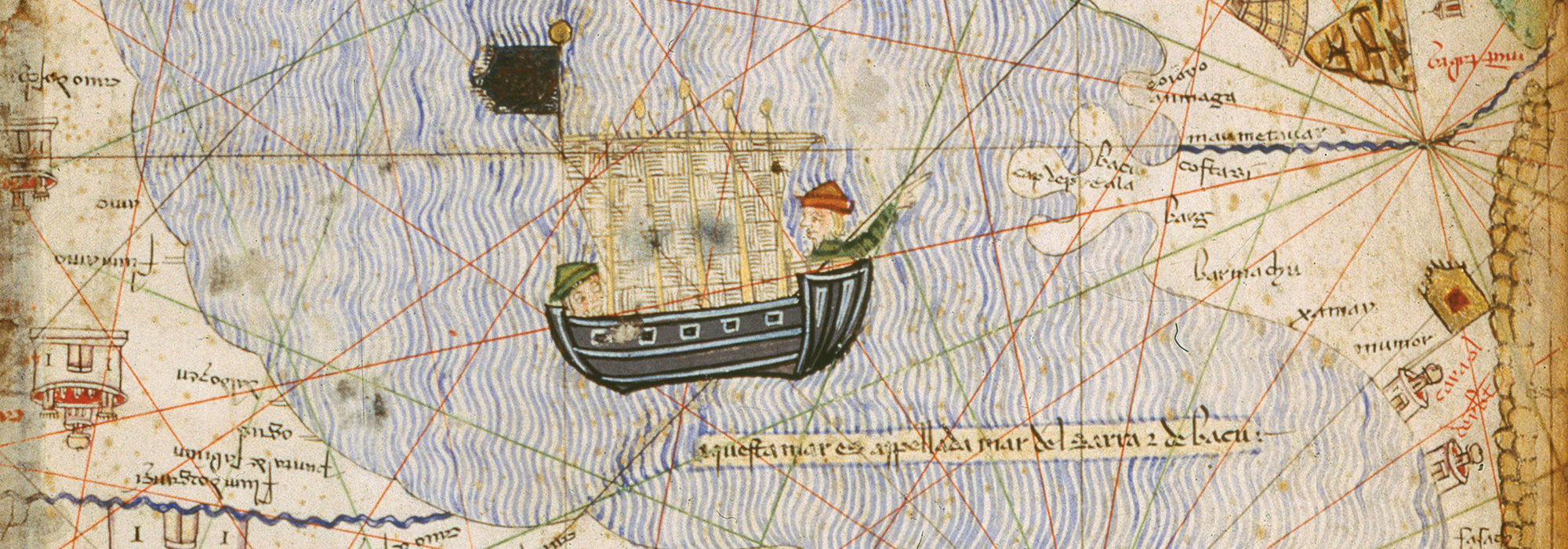DURHAM, NORTH CAROLINA—According to an IFL Science report, researchers led by Eric Klingelhofer of the First Colony Foundation have uncovered evidence for a palisade and nine houses at the possible site of an Algonquian village within Fort Raleigh National Historic Site. Explorers Phillip Amadas and Arthur Barlow wrote of their visit to an Algonquian village in 1584, and described it as having “nine houses, built of cedar, and fortified round with sharp trees.” The possible village site was identified last year through Algonquian pottery dated to the sixteenth century, and a ring of copper wire thought to have been made in England that could indicate contact with the English, Klingelhofer explained. The researchers suggest that elite members of the Algonquian community lived within the palisaded walls, and ruled a territory that included present-day Dare County, Roanoke Island, and parts of mainland North Carolina. The rest of the Algonquian population lived outside the walls and raised crops, he concluded. Some scholars think the English colonists who went missing from their settlement at Roanoke may have integrated into this Algonquian community. To read about excavations of a Confederare prison in North Carolina, go to "Cotton Mill, Prison, Main Street."
Possible Algonquian Capital Identified in North Carolina
News May 9, 2024
Recommended Articles
Digs & Discoveries July/August 2019
Cotton Mill, Prison, Main Street
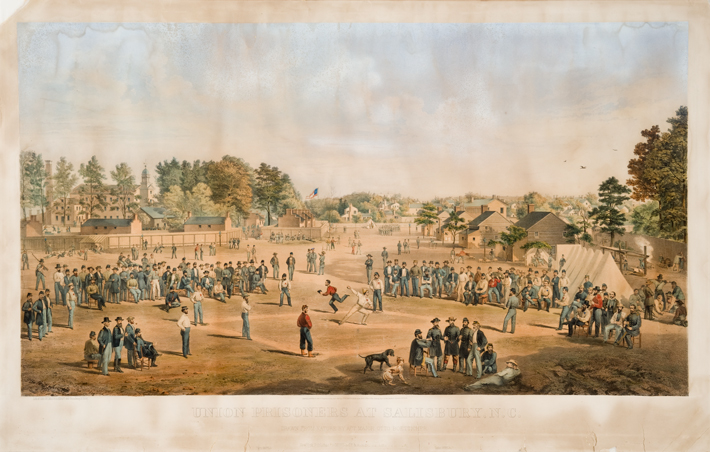
Digs & Discoveries May/June 2018
The Pirate Book Club
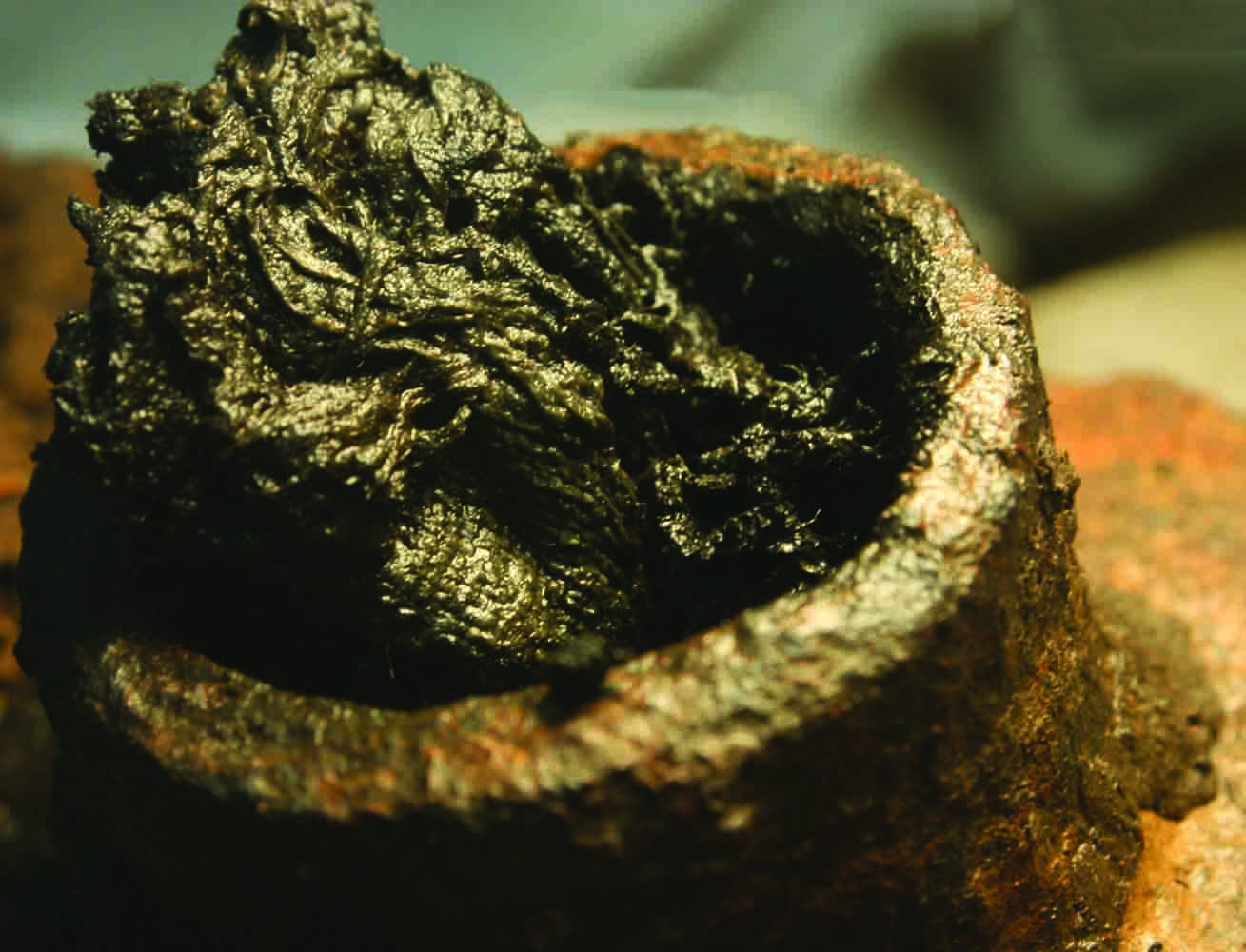
Digs & Discoveries May/June 2015
Medicine on the High Seas
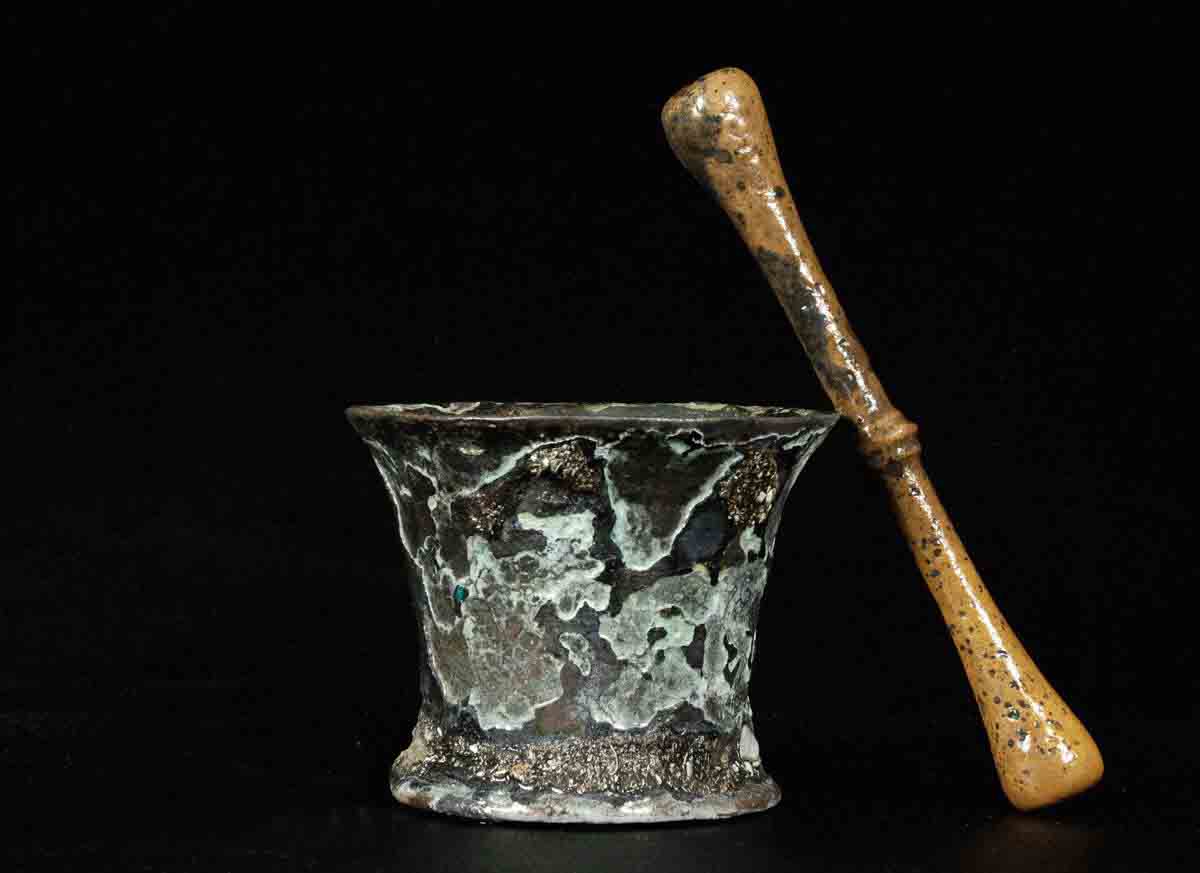
Letter from Virginia September 1, 2011
American Refugees
Thousands of escaped slaves made a new life in one of the world's most unwelcoming places—the Great Dismal Swamp, full of sink holes, thorns, snakes, bears, and bugs—for a chance at self-determination
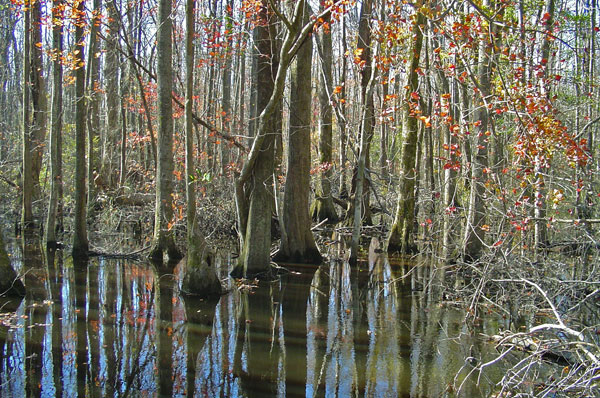
-
Features May/June 2024
Alexander the Great's Untold Story
Excavations in northern Greece are revealing the world that shaped the future king
 (Veronika Pfeiffer/Alamy)
(Veronika Pfeiffer/Alamy) -
Letter from the Catskills May/June 2024
Ghost Towns of the Ashokan Reservoir
An archaeologist investigates how construction of New York City’s largest reservoir a century ago uprooted thousands of rural residents
 (Courtesy the New York City Department of Environmental Protection)
(Courtesy the New York City Department of Environmental Protection) -
Artifacts May/June 2024
Medieval Iron Gauntlet
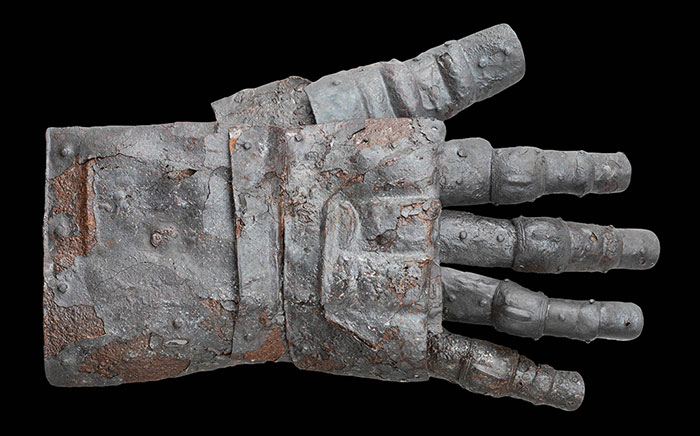 (Courtesy Canton of Zurich)
(Courtesy Canton of Zurich) -
Digs & Discoveries May/June 2024
Ancient Egyptian Caregivers
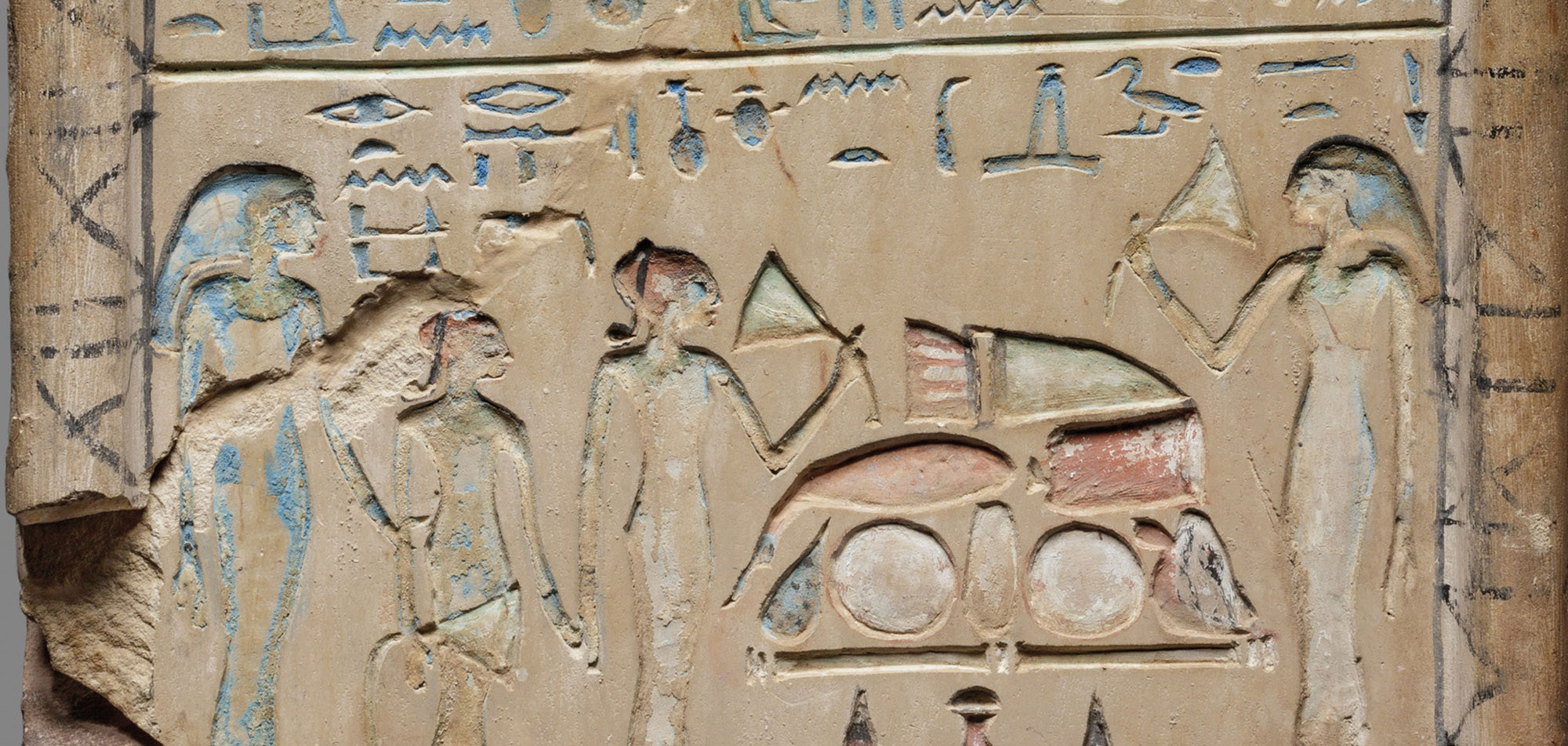 (Metropolitan Museum of Art)
(Metropolitan Museum of Art)


